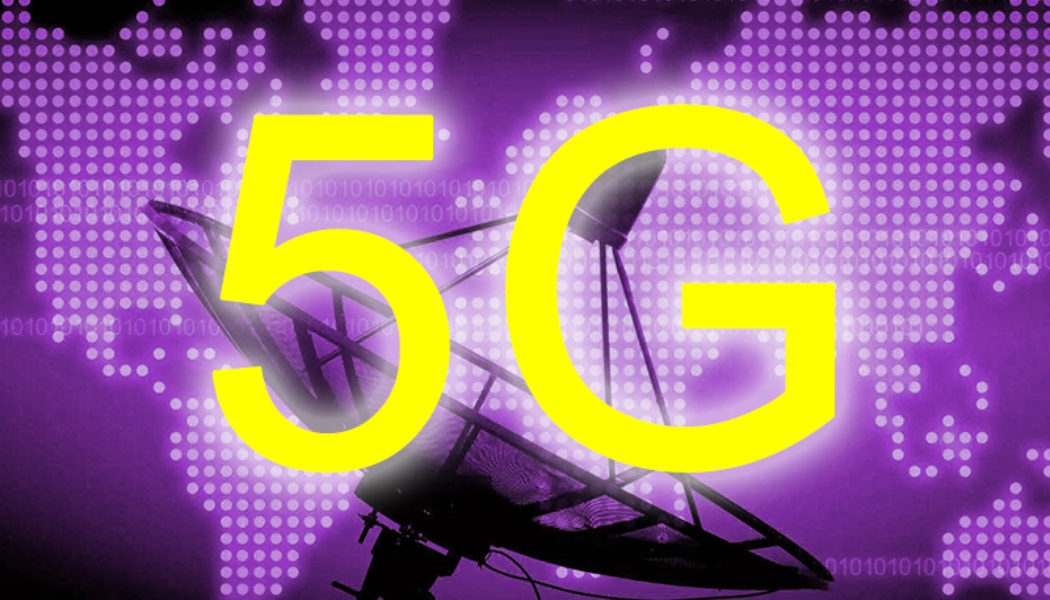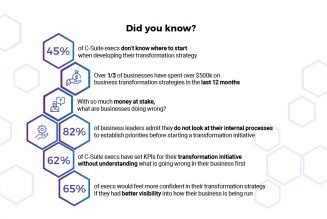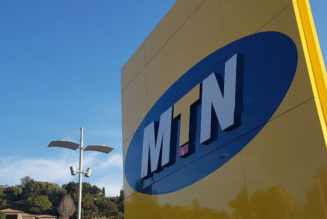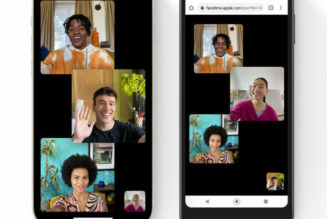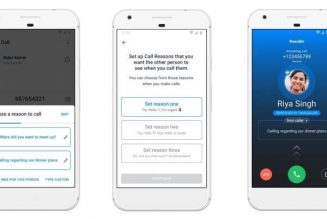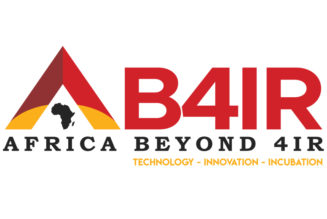Over the last 36 months, 5G has rapidly gained mindshare in society as a vital technology.
But not all stakeholders in industries adjacent to the telecom industry understand what makes 5G different from its predecessors.
In this post, we describe a set of strategic choices made for previous mobile generations of which we made a single choice. 5G makes it possible to embrace both options, thereby unlocking larger opportunities earlier in the deployment cycle.
Here are 5 Reasons Why 5G Makes a Real Difference:
- 5G is for Both Consumer and Business Users
The introduction of 4G was consumer-led, with infrastructure and device technology development centred around smartphones for consumers. Businesses adopted consumer technology through a more visible, bring-your-own-device (BYOD) movement. Internet of Things (IoT) realisations using 4G focused on re-using technology designed for smartphones at a later stage of the 4G journey. Where devices such as smartwatches came after smartphones.
5G always has been a consumer AND business-led phenomenon. The existing consumer-led market is growing at 0.53 percent CAGR this decade, and the business-led market is growing at 12 percent CAGR. In simple terms, the consumer segment will remain the business foundation, and the business segment represents the growth potential for communications service providers (CSPs).
5G gives enterprises access to a richer value proposition for wireless connectivity. The 5G standards have prioritised whole business use categories, such as massive IoT and critical IoT. Service providers are transforming their marketing and sales teams to engage beyond selling SIM cards and buckets of data traffic, to supporting the digital transformation of enterprises.
- 5G Enables Both Mobile Broadband and Fixed Wireless Access
Mobile broadband led with its coverage and capacity capabilities during the rollout of 4G infrastructure. Cellular technology, which provided internet access to mobile devices, was dominated by smartphones, and fixed wireless 4G applications came to market once mobile broadband applications were successful in niche volumes.
5G is enhanced mobile broadband AND fixed wireless access (FWA) led from the start. Mobile broadband to smartphones defines initial coverage plans and device introduction strategies. Half of the 800+ 5G devices launched to date are smartphones. FWA using 5G comes earlier in the deployment cycle and will play a larger role in the market. We expect FWA to grow from 60 million in 2020 to 180 million in 2026. A mix of 4G and 5G will connect the next 100 million households, with 5G serving 70 million connections by 2026.
5G allows fixed wireless to become a powerful alternative to wired broadband where fibre doesn’t exist and where existing copper/coax infrastructure delivers subpar performance. 5G can be rolled out faster, at a lower cost, and with a high synergy between fixed and mobile broadband upgrades.
- 5G is for Universal Use, as well as for Business and Mission-Critical Use
4G started as a homogenous business proposition, defined around a universal internet connectivity service. All applications and all users would get equal access to the available network capacity. Today, support for unique requirements by business and mission-critical applications vary across 4G networks.
Network architecture and design for 5G support all three connectivity types. These connectivity types leverage traffic separation, reliability, availability, and security as the main improvement areas, from standards to implementation, and allow us to raise the bar for what 5G can support. One network supporting all three connectivity types is vital for applications where dedicated spectrum and infrastructure is not an option. The FirstNet deployed by AT&T in the United States is an excellent example of how powerful these combinations are already.
Business-critical connectivity supports business processes where performance, security, availability, and reliability are higher and require service level agreements. Mission-critical applications support users, like first responders, who have even higher requirements and where nationwide coverage is vital.
Network slicing is a mechanism introduced with 5G, where network resources in a public or private network can be dynamically allocated for different connectivity types. This opens the door for mobile infrastructure to play a bigger role as a platform for digital transformation supporting tailored connectivity services. We are at the point where one network slice does not fit all use cases any longer.
- 5G is in Both Public Networks and Private Networks
Today, public networks use 4G technology, and private networks use WiFi technology for wireless connectivity. 4G uses licensed spectrum, and WiFi uses unlicensed spectrum. These distinct silos with a service provider that are linked to a specific spectrum and technology are changing.
4G and 5G are moving beyond public networks and into the private or hybrid network domain, using licensed, shared or spectrum acquired on commercial terms. Ownership preference for private networks varies by industry. Private networks use a dedicated or shared spectrum.
The private network movement comes from the demand for superior cellular technologies for business-critical applications. 5G offers the performance of inflexible wired infrastructure with the flexibility of insecure and unreliable wireless alternatives.
New business models are emerging for private/hybrid networks with different combinations of spectrum ownership, network asset ownership, service provider, and degree of support for public services – mobile broadband, for example.
- Urban, Suburban and Rural Coverage through 5G
The roll-out of 4G started with a focus on urban and suburban areas. Ten years into the deployment cycle, there are still areas in developed economies without 4G coverage. Citizens in rural areas are often left one mobile generation behind, accepting less capable infrastructure options.
Access and early access to 5G is necessary for both urban, suburban AND rural communities. Luckily, market forces are currently driving 5G implementation in urban and suburban areas. Early 5G builds in rural communities come from a combination of visionary business and society leaders who see the potential of 5G, and government subsidies.
The real value of 5G in rural communities is threefold. First, rural consumers will get digital access for their work and leisure that’s on par with their urban and suburban peers. Second, rural businesses will get the opportunity to be equal partners in the digital economy.
For example, many industries such as agriculture, outdoor recreation and green energy production will remain in rural areas and go through a digital transformation. And finally, rural communities will gain anchor institutions like education and healthcare that are on par with cities.
5G has the potential to close two digital divides in mobile and fixed broadband, with one infrastructure. Not in areas where fibre already exists or will reach this decade, but for the large areas beyond the fibre footprint.
By Peter Linder, Head of 5G Marketing at Ericsson.
Edited by Luis Monzon
Follow Luis Monzon on Twitter
Follow IT News Africa on Twitter
